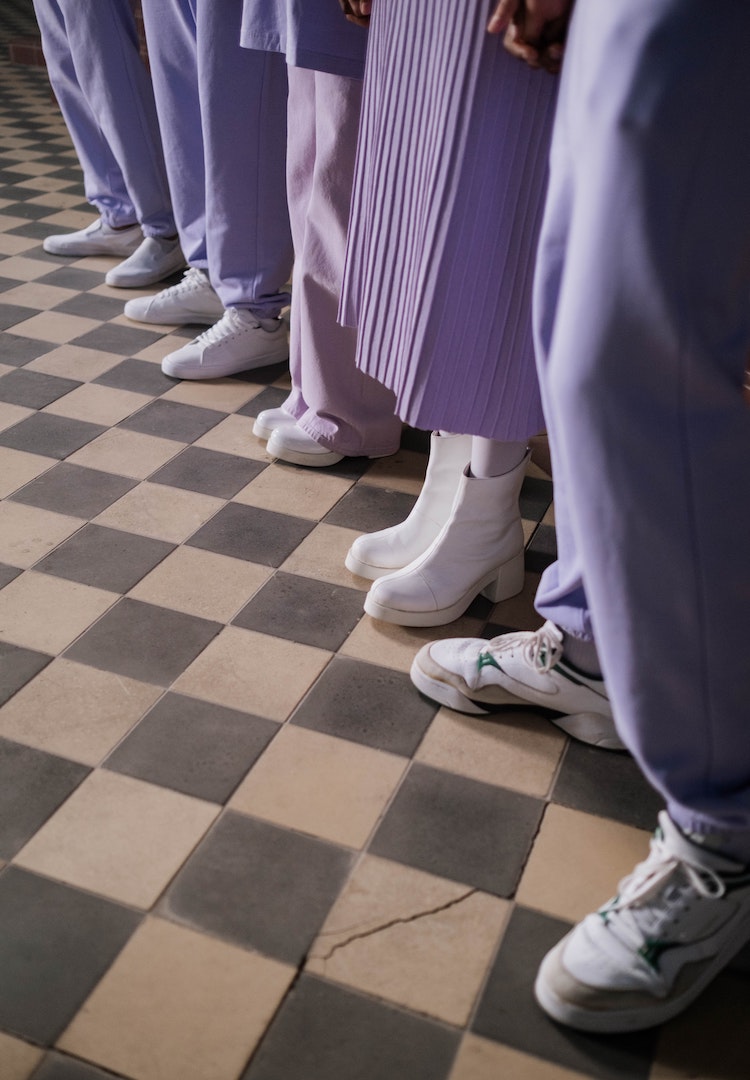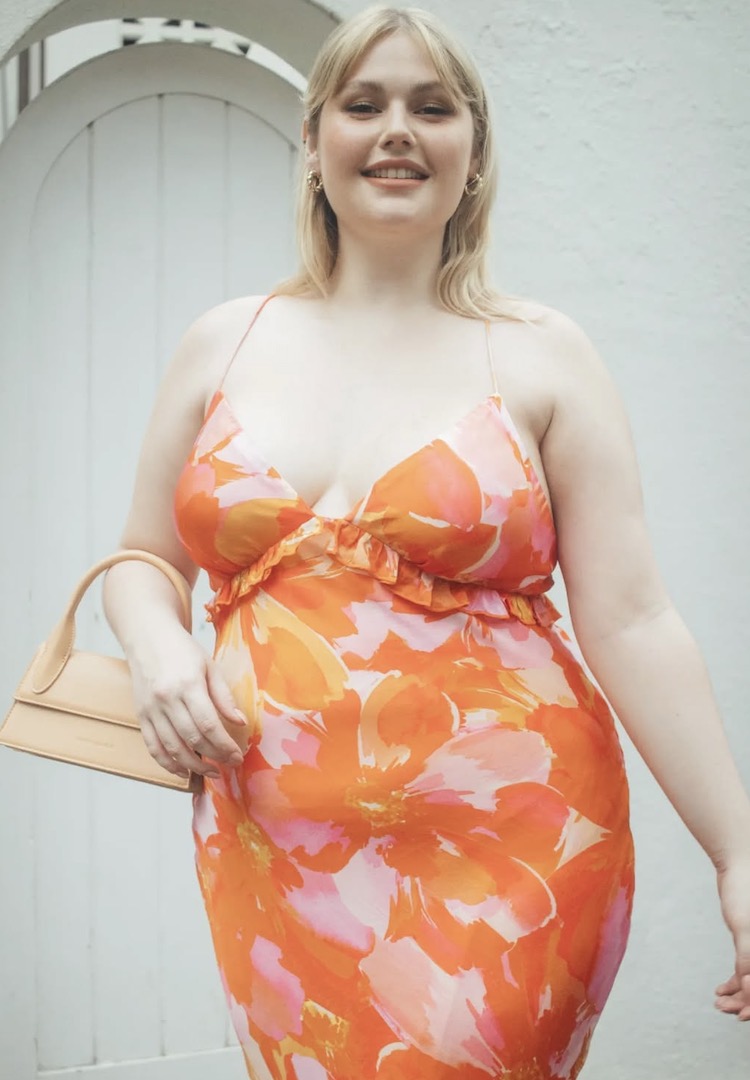How to resist buying into short-lived fashion trends
WORDS BY GEORGIA KING
“Everyone wants to look like they’re at the forefront of something.”
I knew I’d been sucked in when I added Birkenstock clogs to my cart. You know the ones: the Croc-adjacent shoes found on the feet of every on-trend Melburnian right now – obviously, they’re slipping socks underneath to complete the look.
Though my rational brain says these shoes are objectively ugly, my irrational brain says buying them will make me a happier, chicer, altogether better person. A logical conclusion.
For more fashion news, shoots, articles and features, head to our Fashion section.
While I hovered over the ‘confirm your purchase’ button on the Birkenstock website, I was reminded that my obsession with these shoes is not my own; I’d been swayed by the hordes of hot people at the gym who wear them to and from class, and by influencers who have well and truly influenced me.
I clocked my sheep-like behaviour and reflected on the tribalism linked to trends; their dominance is surely an indication of an innate desire we have to conform and feel similar to those around us. But if the pull of trends feels so ingrained, then how do we resist their magnetism?
Melbourne-based stylist Meggy Smith works with trends closely and knows a thing or two about where they come from and why they’re so alluring.
“Often trends come from what is happening in culture at the moment. We’ve just gone through a heavy stay-at-home period and now people are really wanting to come out and be joyful, so colour is really on trend. As opposed to dark, sombre colours, bright pops of colour are really in.
“Everyone wants what’s new and what’s coming up and what’s the hottest thing in fashion. Everyone wants to look like they’re at the forefront of something.”
And she’s not wrong. In Australia, we spend $20.4 billion per year on fashion and while we can’t pin all of that spend on trends, the figure does speak to our desire for new clothing. We continually purchase new items, despite each contributing an average of 23 kilograms of clothing to landfill annually.
To roll back the trend-driven dressing that contributes to this gross waste, Meggy says firming up our own sense of style is one solution. But how do we establish our own style in a market so crowded with trends?
“I feel like it really is trial and error – it’s going to the shops and trying things on. Things could look one way on someone else but it could look completely different on you. Unless you have someone advising you, it really is trial and error and looking on Pinterest or in magazines.”
Though Meggy encourages developing our own style above following trends, she says ultimately dressing should be a joyous experience.
“At the end of the day, fashion needs to work for you. You could put on something and it could just bring you joy. You could have the drabbest day, but if a specific trend or outfit is helping you feel put together and gives you the confidence to do something that you need to do within the day, then so be it.”
While buying into trends can have a crushing impact on the environment as well as our own sense of style, I had an inkling they also may do more harm than good when it comes to our bank accounts. Senior financial planner Rebecca Pritchard confirmed my hunch.
“Trends encourage us to spend more than we otherwise would. In the same way, brands encourage us to pay premiums for items that otherwise we would happily spend less on… that’s the idea behind investing in a brand and developing a brand, it allows businesses to charge a premium,” she explains.
And it turns out I’m not the only one who’s partial to the occasional trend. “It’s something that the majority of people have [an issue with] when they first come in to have a conversation with an advisor. Once we go through the process of actually working out an appropriate level of personal spending for them, almost everyone cuts back in this area but reflects that it hasn’t made any meaningful change in their standard of living…
“… which goes to show that participating in trends is designed to give you that dopamine hit rather than long-lasting happiness. Whereas when people are more engaged with their money they’re making more intentional decisions and they’re more likely to buy something that will have longevity.”
If we’re serious about curbing our trend-inspired shopping habits, Rebecca says we should equate our spending with the time it would take us to earn that money back.
“If we’re talking $200 (of spending) a week, that’s $10,000 a year. If you’re sitting in the middle marginal tax bracket, that means you actually have to earn $15,000 to $16,000 a year to make that $10,000 and depending on what your salary is, that might be a day a week and you go, okay – particularly if you don’t like your job very much – you’re trading that time for these goods that offer questionable value to your life.
“That’s a very sobering thought. I would rather people work four days a week and consume less and be happier than be on this hamster wheel,” she tells me.
Importantly, Rebecca stresses that we should avoid guilt at all costs. “Don’t pretend this isn’t an interest, don’t feel guilty about it, but be intentional in how you do it… there’s a lot of guilt in this space and when there’s guilt it tends to lead to binge behaviour.
“We start saying things like ‘Fuck it, I’m doing this’ and good financial positions rarely come off the back of that statement. So, if it is important to you and it is something you love, be clever in how you do it.”
For now, I bid the suede brown Birkies adieu, and I clear my cart. Maybe you feel compelled to clear yours too.
For advice on how to cut down your new clothing purchases, try this.













